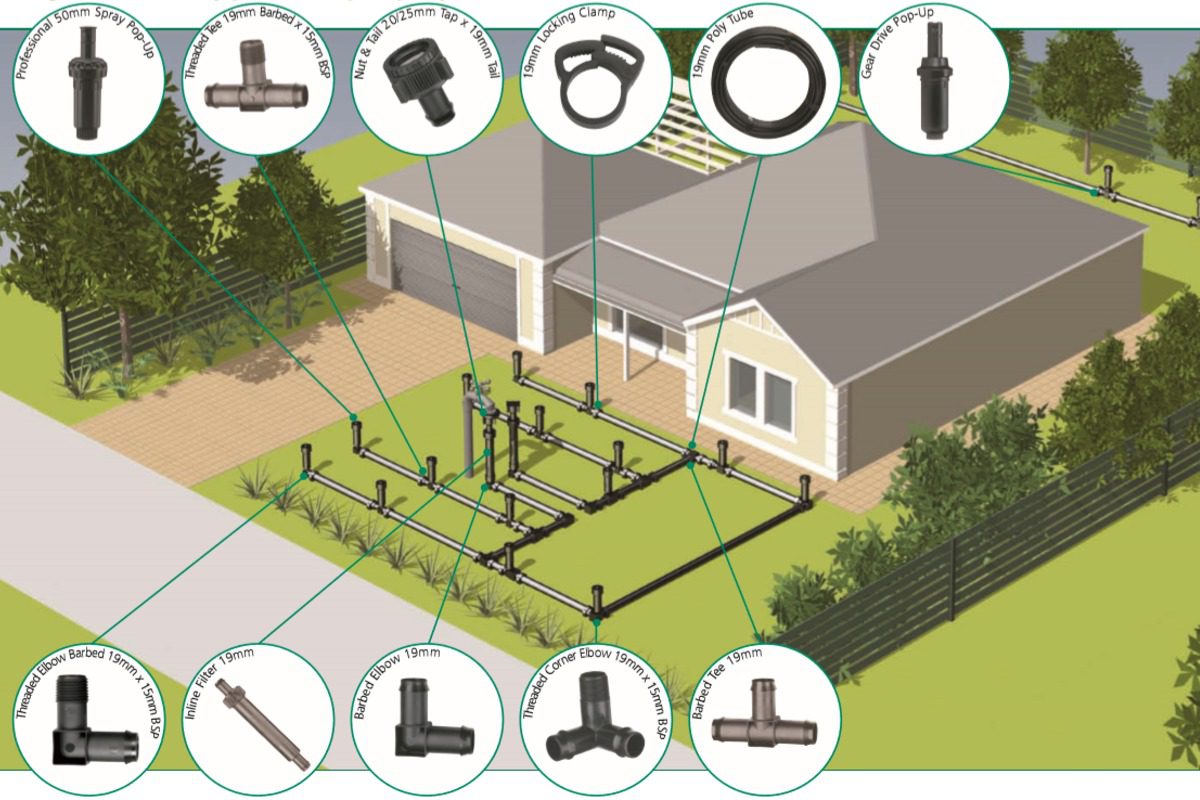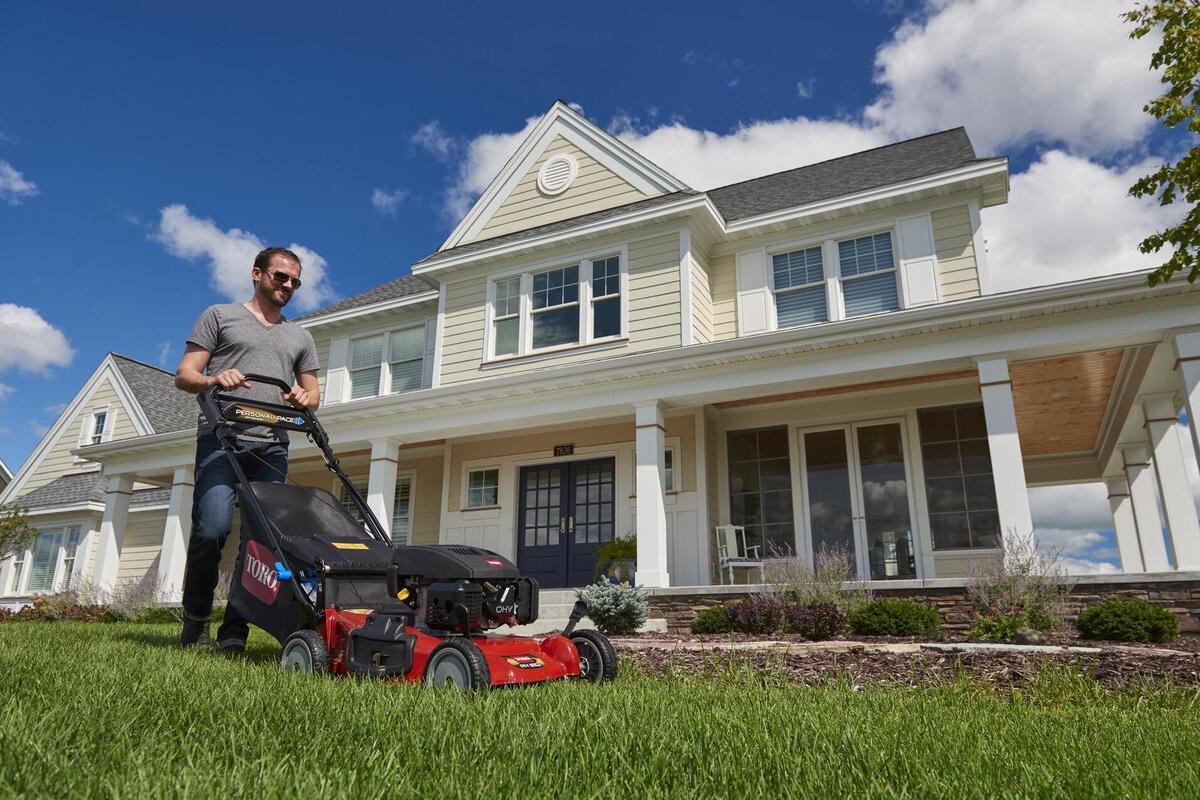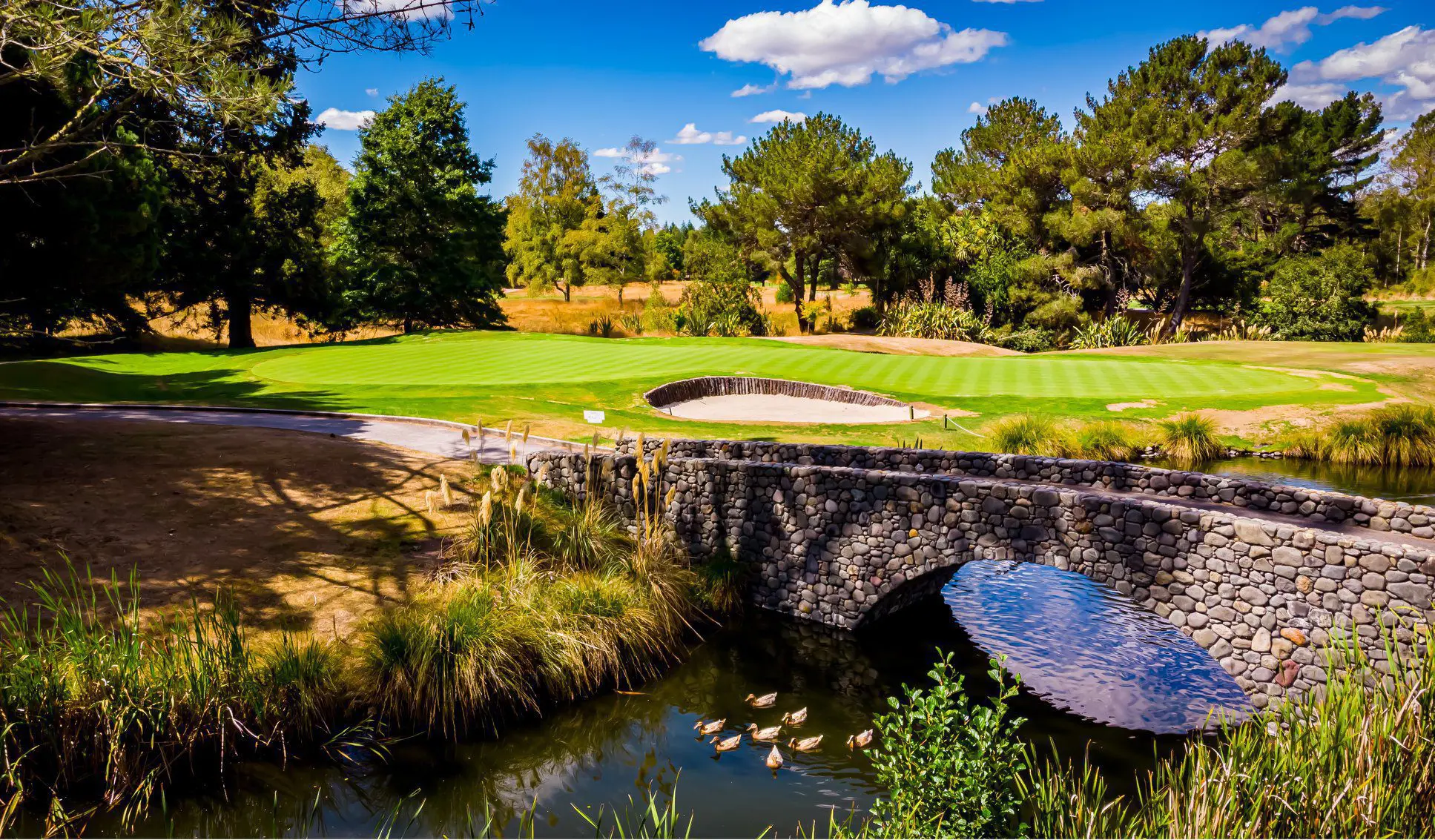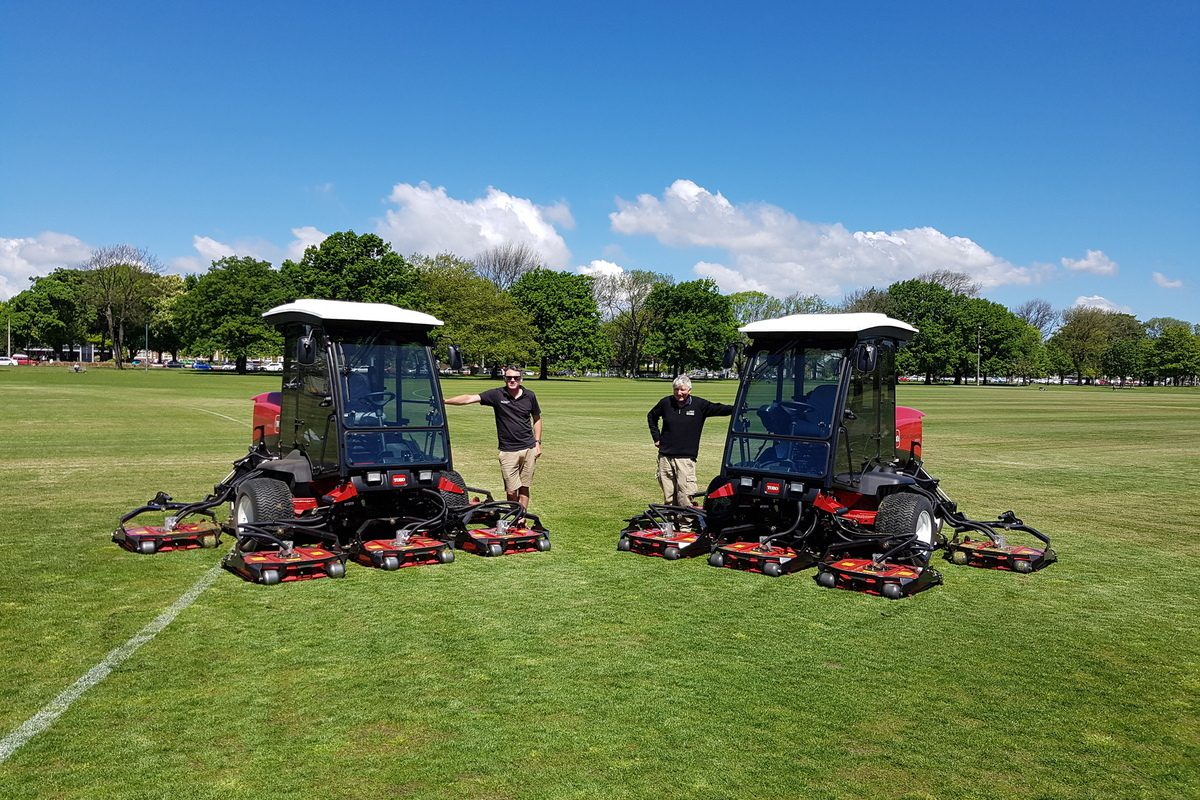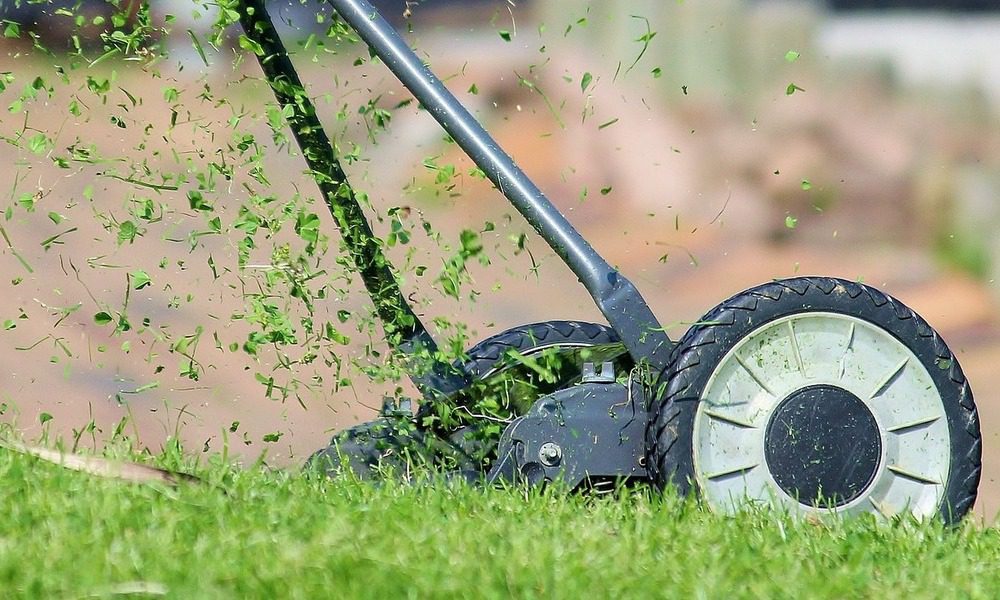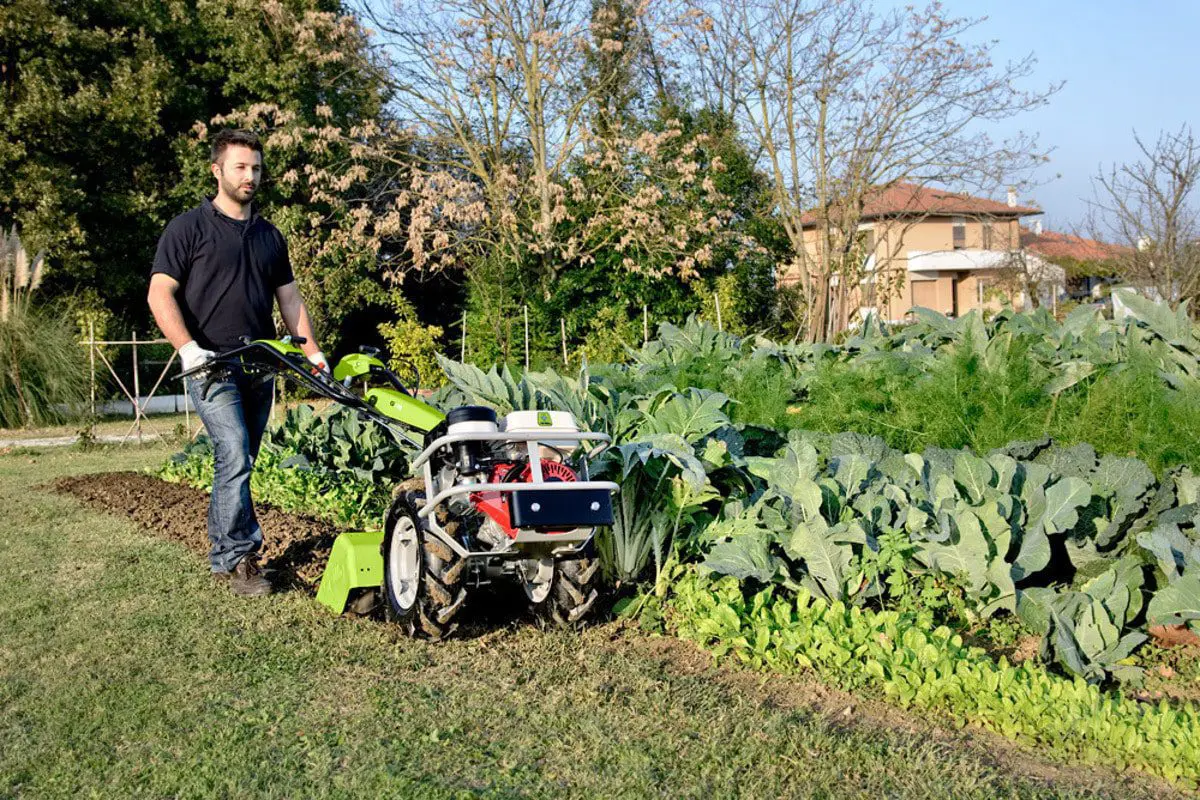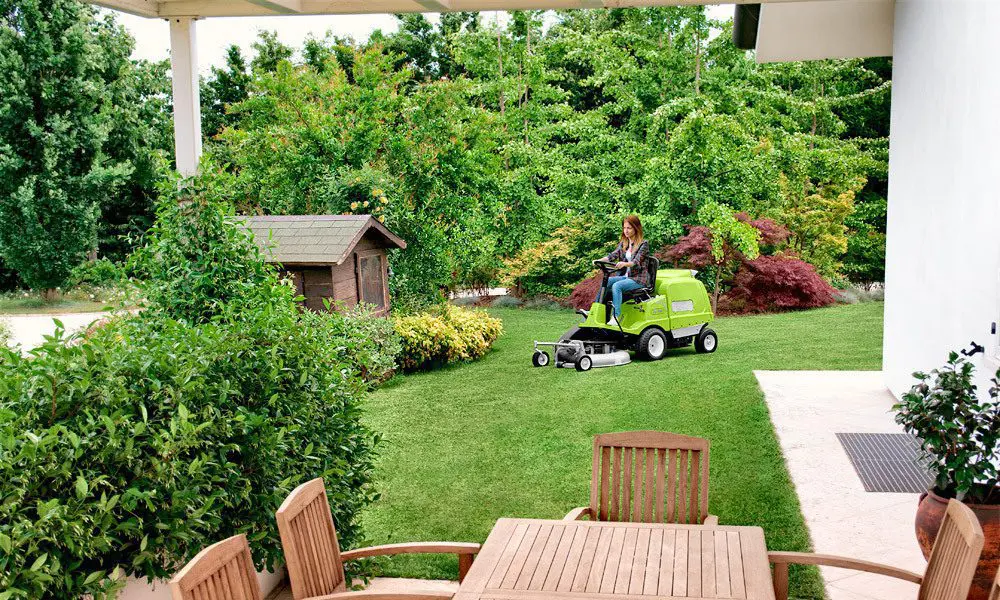What information do I need to build an irrigation plan for my house?
THE RIGHT IRRIGATION PLAN FOR YOU
Finding the right balance between keeping your garden healthy and well-watered, without wasting water can seem like more of an art than a science.
An irrigation plan for your home will take the unique requirements of your property into consideration, ensuring your garden receives as much water as it needs; no more, no less. This will save you money on your setup and your water usage (if you’re paying for your water) and of course it will help preserve our precious resource.
Before you can get designing, there are three key tasks for you to complete on your property before you proceed:
- Find your home water pressure and flow rate
- Identify the specific areas and types or your property requiring watering
- Decide on your budget and requirements
1. THE EASY WAY TO FIND YOUR HOME WATER PRESSURE AND FLOW RATE – THE BUCKET TEST
It’s really very easy to do, and is important to know how much water you have access to as sprinklers have their own individual flow rates. The total flow rate from your total number of sprinklers can’t exceed your household’s water flow rate. Irrigation parts will usually quote how much water they’ll disperse using a measure called Litres Per Minute (LPM). To get the right amount of water for your type of garden, your flow rate can be found in three easy steps:
- You’ll need a 9 litre bucket, a stopwatch and your garden tap
- Turn the tap on to full flow
- Time how long it takes to fill the bucket using your stopwatch
From here, you can calculate your home flow rate (LPM):
60 ÷ (seconds taken to fill bucket) x (bucket size in litres) = flow rate, e.g. 60 ÷ 12.4 seconds x 9 litres = 43.5 litres per minute (LPM)
2. WHAT ARE THE SPECIFIC AREAS AND TYPES OF YOUR GARDEN THAT REQUIRE WATER?
Different types of gardens require not only different amounts of water, but also delivered in different ways. For example, a vegetable garden might need more water delivered via a spray head, as opposed to a hedge line or flower garden which would use a drip tube.
The way your water is delivered will make a substantial impact on the volume of it you use, so its important to know the different types of garden on your property.
Make a note of all the types and their approximate size. For example:
- Vegetable garden, 2 square metres
- Hedge line, 10 metres
- Front flower garden, 4 square metres
- Back lawn, 8 square metres
- Front lawn, 15 square metres
3. DECIDE ON YOUR BUDGET AND REQUIREMENTS FIRST
Like other forms of domestic investment (think: renovations) there is potential for an over-commitment if you’re not clear on what your requirements and budget are. Before you dive in, make sure you’ve had a good think about both, so you can sense check your design against your expectations. Some questions you can ask yourself might be:
- How much time do I want to spend thinking about garden watering each week?
- Where are my water outlets located compared to where my garden needs water?
- Do I want to connect to my mains water supply or use existing outdoor taps?
- Do I want to be able to manage my home irrigation online while I’m not there?
Considering all your requirements will ease and speed up the process of having your irrigation system designed once you enlist a professional.
Ready to go? Great, get in touch with us to get the ball rolling.

